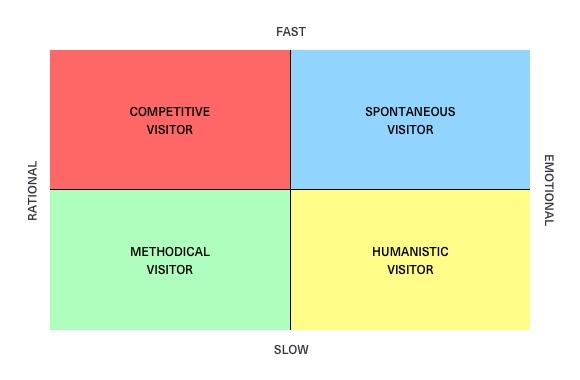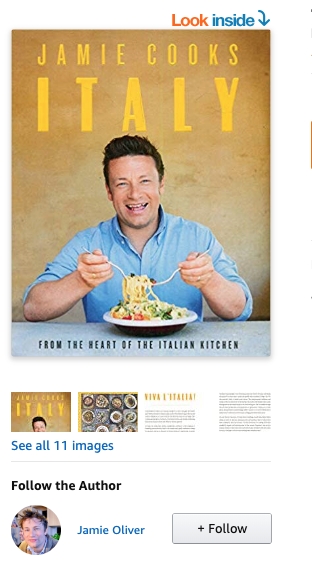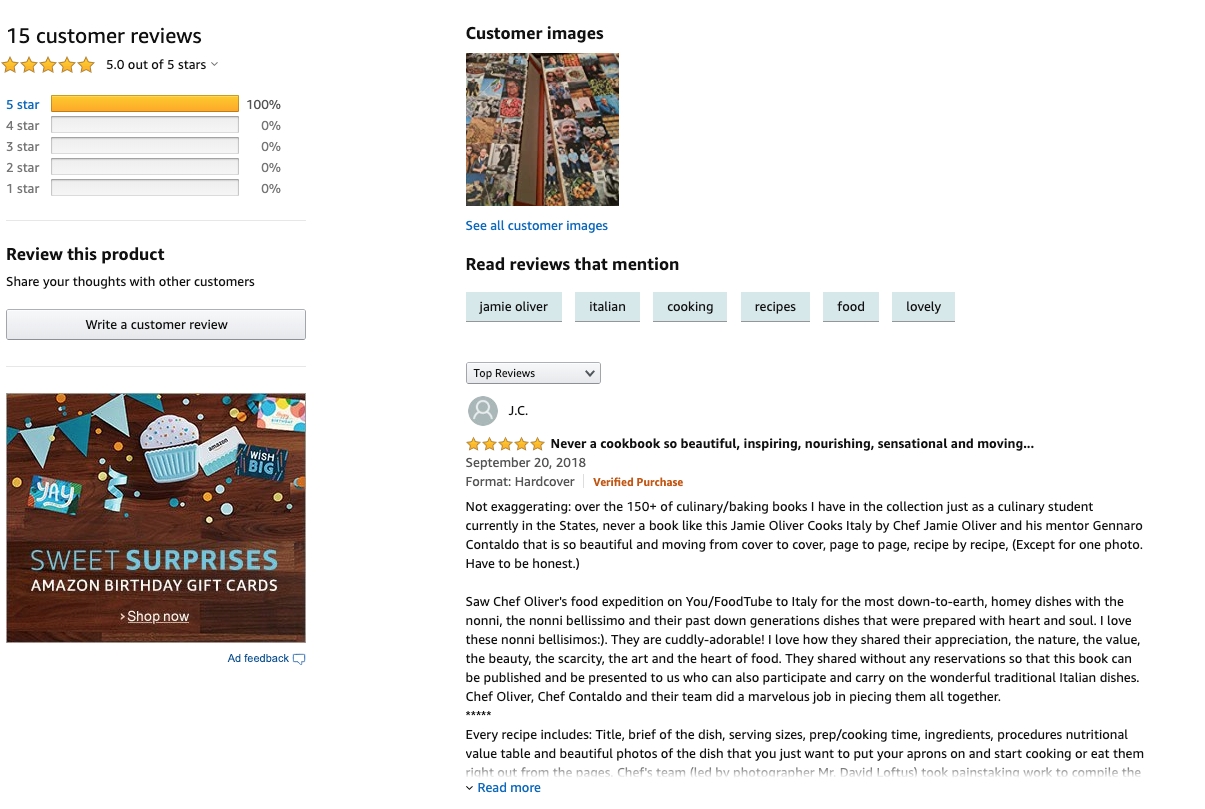Meyer Brigs Type Indicator
The indicator
The Myers & Briggs Type Indicator (MBTI) is a system to classify the differences in people’s personalities. The model was founded by Katharine Cook Briggs and her daughter Isabel Briggs Myers. Together they developed a personality inventory to make the theory of psychological types describes by C.G. Jung accessible for the general public. “Perception involves all the ways of becoming aware of things, people, happenings, or ideas.Judgment involves all the ways of coming to conclusions about what has been perceived. If people differ systematically in what they perceive and in how they reach conclusions, then it is only reasonable for them to differ correspondingly in their interests, reactions, values, motivations, and skills." (Myersbriggs.org, 2019) Myers & Briggs established two similar goals with the development of the model:
The identification of basic preferences within four specified or implicit divisions of C.G. Jung’s theory
The identification of 16 particular personality types that result from the interactions among the preferences.
These are the four compiled divisions: Favourite world: Do you prefer to focus on the outer world or on your own inner world? This is called Extraversion (E) or Introversion (I).
Information: Do you prefer to focus on the basic information you take in or do you prefer to interpret and add meaning? This is called Sensing (S) or Intuition (N).
Decisions: When making decisions, do you prefer to first look at logic and consistency or first look at the people and special circumstances? This is called Thinking (T) or Feeling (F).
Structure: In dealing with the outside world, do you prefer to get things decided or do you prefer to stay open to new information and options? This is called Judging (J) or Perceiving (P). (Myersbriggs.org, 2019)
Despite the fact that the MBTI model is not declared scientifically, one could actually use it as a good resource to figure out who your website visitors are and how they behave. In practice, there is a certain website who classified their website for specific behaviour, but the vast majority have to deal with different behaviour. Because of this, it is recommendable to organise your website based on multiple behaviour preferences. In the following section, I will elaborate on four different types of visitors and how to improve usability. Throughout the eight different divisions: Extravert/Introvert, Sensing/Intuition, Thinking/Feeling and Judging/Perceiving visitors can be monitored into four dimensions. These four dimensions represent the different types of visitors. The figure below shows them schematic:

The competitive visitor
A competitive visitor makes decisions based on facts. They possess good intuition and scan a website quickly. They are able to link data and see the bigger picture. When facts are presented, the competitive visitor is capable of making decisions easily. Competitive visitors act directly when information is handed out and meet their requirements. To satisfy the needs of a competitive visitor, your website should provide quickly accessible information based on facts. For example, Amazon provides the option to see what comparable websites/companies offer.

The methodical visitor
Just like the competitive visitor, the methodical visitor makes decisions based on facts. The difference between the two lies within the pace information is processed. Unlike the competitor visitor, the methodical visitor takes more time looking for facts and takes every detail into account. Whenever a deliberated decision is made the methodical visitor sticks to it.
To keep a methodical visitor hooked, your website should provide slightly more information than just quick accessible facts. There is a need for more, Amazon, for example, responds by providing previews. In this way, the methodical visitor has time to decide if this product/service fits their needs.
The spontaneous visitor
Just like the competitive visitor, the spontaneous visitor makes quick decisions, only the decision is not made based on facts but emotions. In addition, spontaneous visitors are sensitive to discounts and gifts. When a new product is introduced and turns out the be popular, the spontaneous visitor is more likely to purchase than other visitors. Simple offers like free shipment, flexible return policy and a time to consider are excellent ways to persuade the spontaneous visitor.

The humanist visitor
Corresponding to the spontaneous visitor, the humanistic visitor makes decisions based on emotions but takes more time to take the options into account like the methodical visitor. The humanistic visitor often is more reluctant to shop online, therefore they are curious about the company they are buying from and experiences from other customers. A well working practice is to provide user reviews. In this way, a humanistic visitor is capable to see if a product fits their needs in an eyeblink. Another strategy is to apply upselling techniques: show additional products that are related to the current product. It emphasizes certain emotions. Finally, certifications, like 'keurmerk private lease', ensures the visitor of minimal risks.

Putting it all together
By means of these behaviour characteristics, you could classify your website at least one type of visitor. Amazon.com for example speaks to all the visitor's minds. They provide quick access for a fast decision, also have the possibility to dig deeper into context. And, at the same time keeps the balance between rational and emotional. In the figure below you can see how Amazon.com made their website MBTI approved
Red: Competitive
Green: Methodical
Blue: Spontaneous
Yellow: Humanistic

Last updated
Was this helpful?